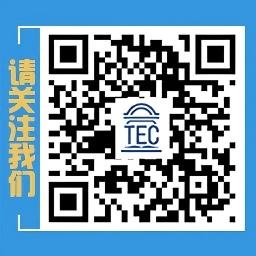On the morning of October 9, the Belt and Road Shanghai Autumn 2024 Exchange Project, funded by the Shanghai Municipal Education Commission and co-hosted by the UNESCO Teacher Education Centre (hereinafter referred to as the Centre) and the International Exchange Division of Shanghai Normal University, officially kicked off. This year’s exchange theme is STEM Teacher Training, with a focus on teachers’ information literacy and the development of STEM education in various countries. Approximately 30 government officials, experts, and scholars from around the world participated in the program.

Group photo of the opening ceremony
The opening ceremony was hosted by Professor Ningbo, Director of the Belt and Road Program at the UNESCO Teacher Education Centre. Professor Zhang Minxuan, Director of the Centre, delivered an opening speech. He extended a warm welcome to international counterparts for coming to China for training, hoping that participants from all countries would actively exchange experiences on the importance of STEM teacher education, and make useful explorations and positive contributions to the development of global teacher education. Director Zhou Qinjian of the International Exchange Division of the Shanghai Municipal Education Commission introduced the historical background of the Belt and Road Initiative, as well as the current situation and mission of the Centre. Professor Hu Guoyong, Deputy Director of the Centre, and Dr. Li Ruimiao, Program Coordinator, also attended the opening ceremony.
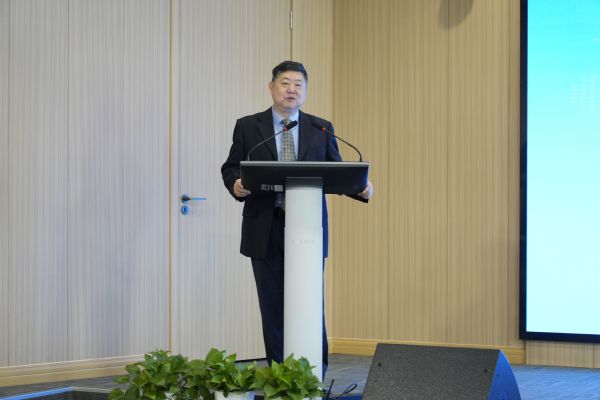
Director Zhang Minxuan delivering a welcome speech

Director Zhou Qinjian delivering a speech
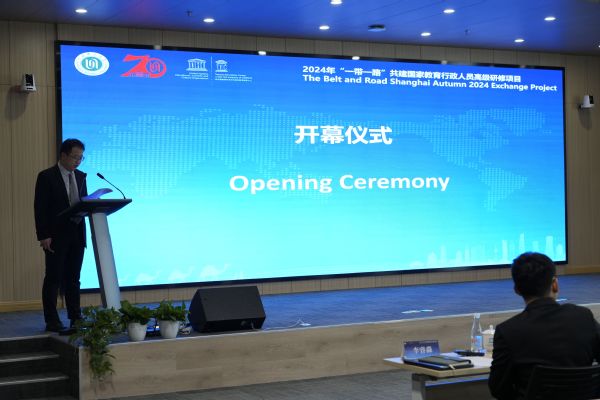
Host Professor Ningbo
Focusing on the theme STEM Education: A New International Call, Li Ye, Vice President of Shanghai Normal University, delivered a keynote speech. He analyzed in depth why developed countries focus on STEM talent cultivation, comprehensively introduced the evolution of STEM education, expounded on the opportunities and challenges faced by STEM education in the era of artificial intelligence, and highlighted the training model for outstanding normal students in science education at Shanghai Normal University.

Vice President Li Ye
Ni Minjing, Director of the Shanghai Science and Technology Museum, emphasized in his keynote speech that museums play an irreplaceable role in science education. He introduced measures taken by museums to break through spatial limitations, pointing out that creating diverse cultural spaces, platform-based resource linking activities, and public welfare-oriented diverse activities are crucial for popularizing science education.

Director Ni Minjing
Xiang Shiqing, Researcher at the Shanghai Institute of Optics and Fine Mechanics, Chinese Academy of Sciences, noted in his keynote report that global basic education is in a period of transformation, and traditional teaching methods can no longer meet the needs of modern education, making it necessary to transform learning methods and improve learning efficiency. He elaborated on the characteristics and dimensions of deep learning, as well as the concept, development history, and international application of STEM education.
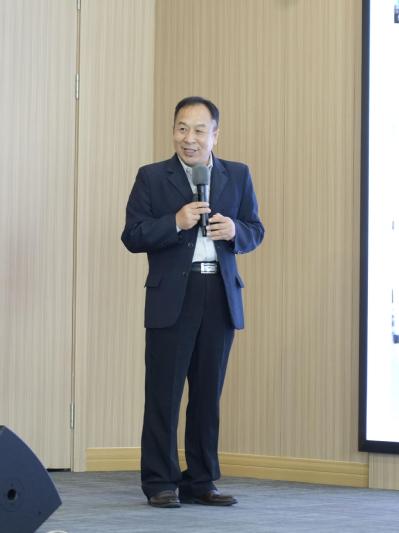
Researcher Xiang Shiqing
After the opening ceremony, international counterparts and guests engaged in a lively Q&A session on topics such as STEM teacher team building and scientific and technological talent cultivation.
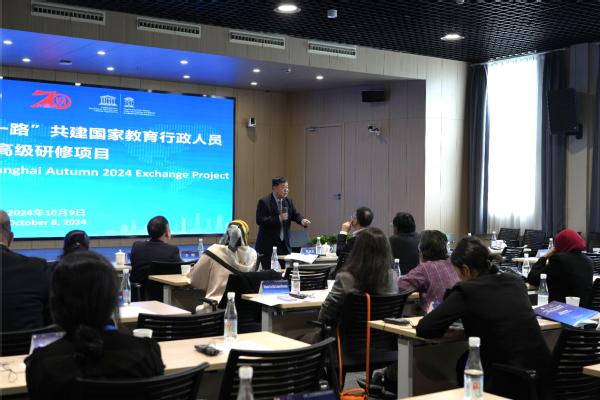
Cordial exchanges between guests and counterparts
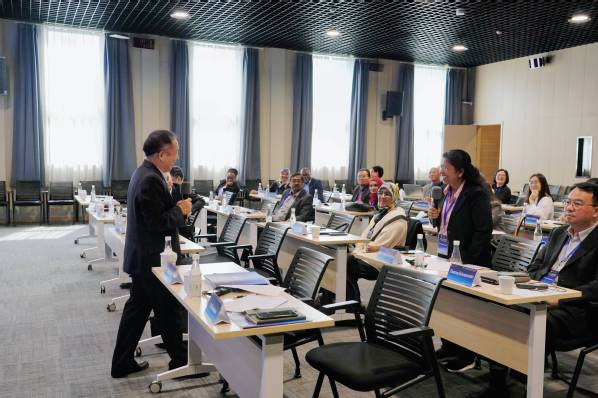
Cordial exchanges between guests and counterparts
It is reported that the program will run until October 20. Through seminars, workshops, school visits, and cultural experience activities, it aims to promote the exchange of educational ideas and experiences among teachers and educators from different countries, strengthen educational cooperation among BRI partner countries, and focus on preparing and supporting teachers in STEM education to effectively enhance their professional literacy and educational quality.




